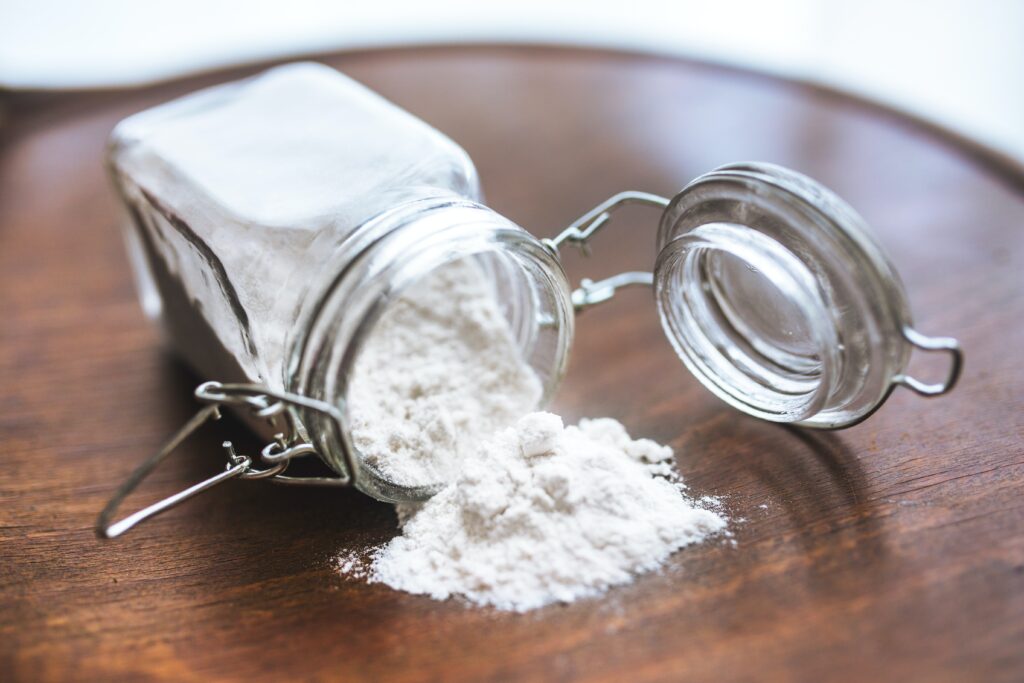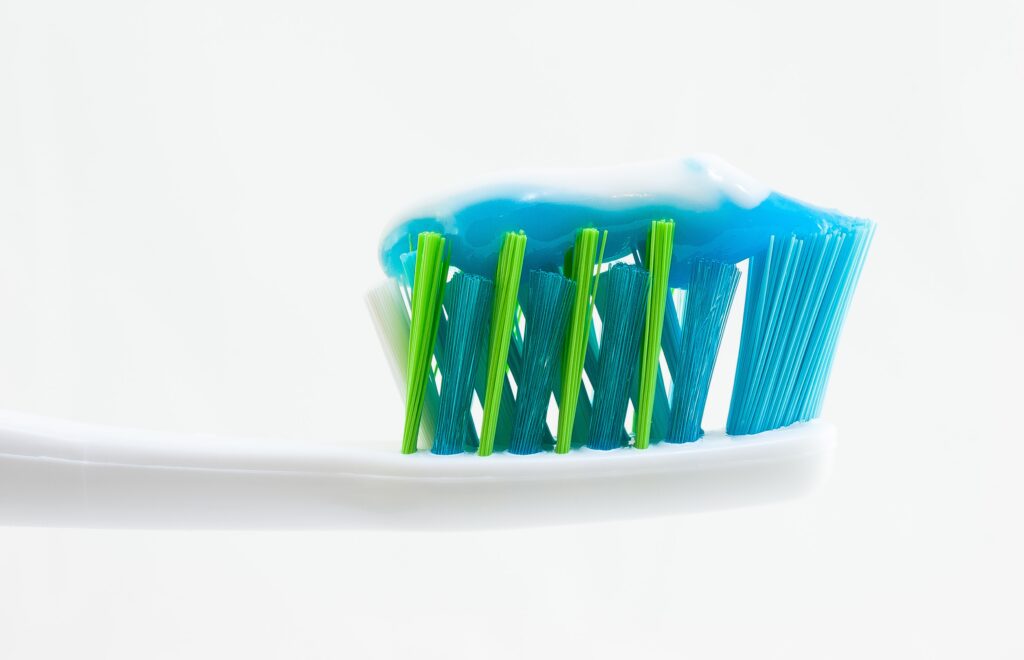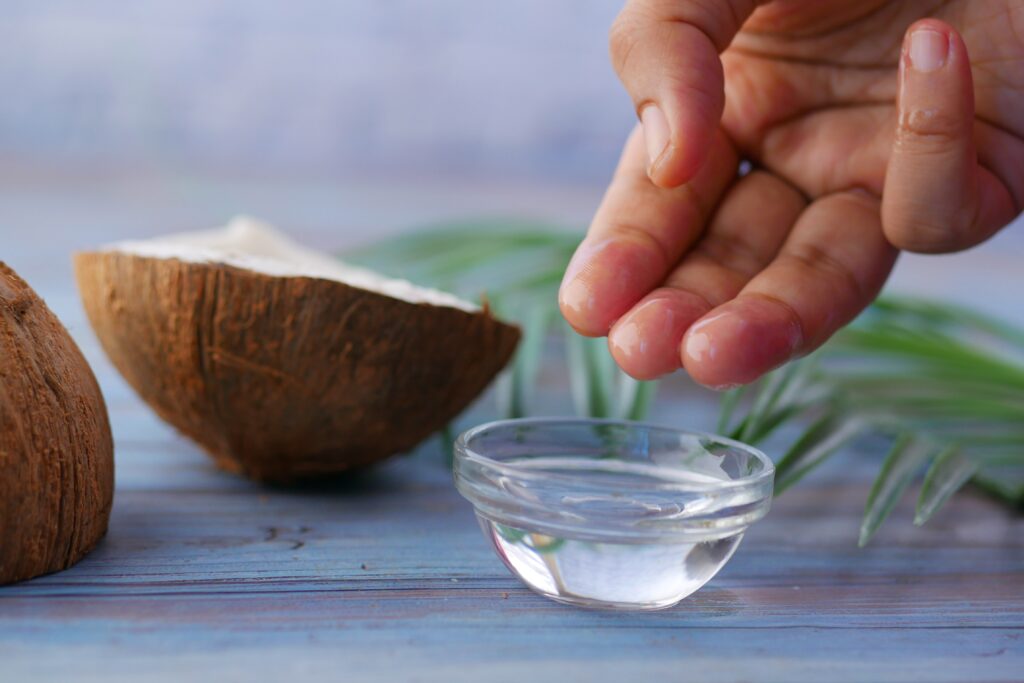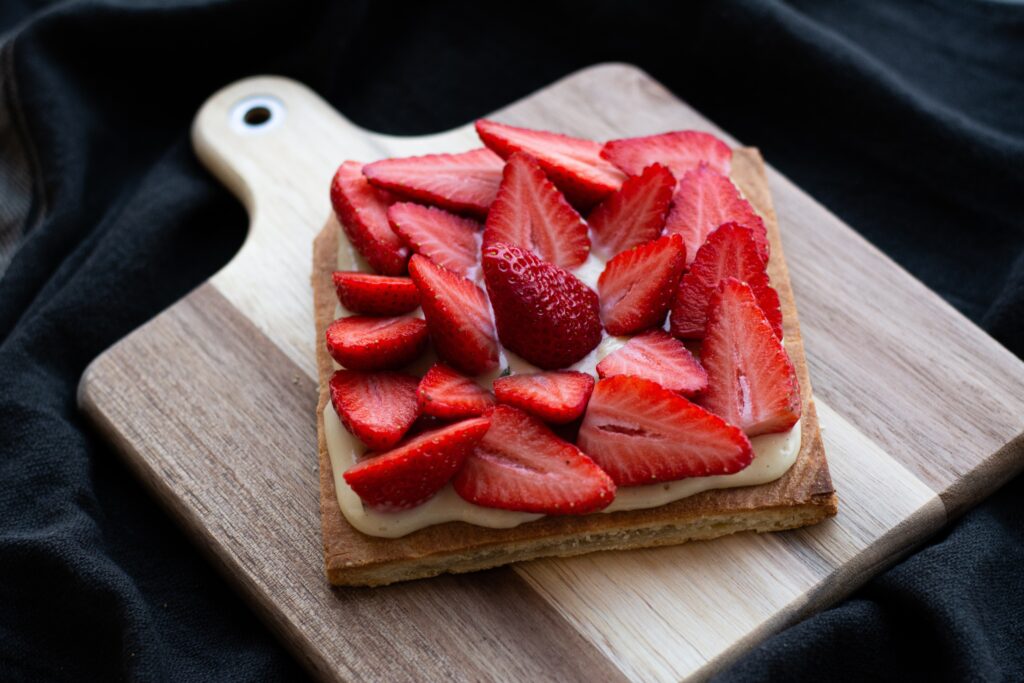Whitening teeth can be attained by making use of grocery items. The scientific reasons behind these approaches are not well established and are weak. One study found that almost 80 per cent of American residents falling in the age categories of 18 years and 49 years want to whiten their teeth. To fulfil their desire for whitening teeth, they spent $1.4 billion on home remedies for teeth whitening according to a report published in the year 2016.
When talking about whitening teeth’ natural remedies, there are multiple and diverse options available. However, numerous products for whitening teeth make use of chemical bleach to whiten your teeth. It can be concerning for some people. In this article, we will try to give you an insight into the natural and home remedies that are effective for whitening teeth.
Why do teeth appear yellow?
There are many causes due to which teeth lose their dazzling white brilliance. Some foods can cause the outermost layer of the teeth called enamel to become stained. Additionally, the buildup of plaque on the teeth can also make the teeth yellow.
Frequent cleaning of teeth and using teeth whitening procedures can help the teeth to restore their white sparkle by decreasing discolouration. Dentin, a bony tissue, of yellow colour which lies underneath the teeth enamel sometimes cause the teeth to become yellow because the hard enamel erodes revealing the underneath dentin.
6 Best Home Remedies to whiten your teeth
Following are the 6 natural home remedies that you can easily try for whitening teeth:
1. Brush your teeth using baking soda
Baking soda is a significant component in commercial toothpaste because of its whitening teeth properties. It works as a gentle abrasive to remove stains from the teeth’ surface.
Furthermore, baking soda inhibits the growth of bacteria in your mouth by creating an alkaline environment that hinders the development of bacteria.
Although this remedy cannot show results overnight, with the passage of time you will start to see a difference in the appearance of the teeth. After some time whitening teeth can start resulting from this technique.
Whitening teeth by brushing your teeth with baking soda has not been scientifically approved however, several studies show that the kind of kinds of toothpaste containing baking soda as a component can enhance the dental health and dental appearance.
One study depicts that kinds of toothpaste containing baking soda show excellent results and outperformed conventional toothpaste by decreasing gum irritation, plaque formation, and gingival bleeding. Another study shows that types of toothpaste with baking soda are better in quality than other toothpaste in terms of eliminating stains and brightening teeth.
Mix 1 teaspoon of baking soda (6 grams) with 2 teaspoons of water (5 ml) and use the resulting paste couple of times a week to brush your teeth.
Use the resulting paste to brush your teeth after combining 1 teaspoon (6 grammes) of baking soda with 2 teaspoons of water (5 ml). This can be done a couple of times per week.

2. Apply hydrogen peroxide.
Hydrogen peroxide is a natural agent used for whitening teeth and it destroys and kills germs. It has the potential to kill bacteria and due to this reason, humans are using this for years to treat wounds and to kill germs.
Hydrogen peroxide is a common component present in commercial whitening solutions at more concentration than normally you find at home. Unfortunately, no studies have examined the effects of brushing or rinsing with hydrogen peroxide alone; nevertheless, many studies have examined peroxide-containing commercial toothpaste.
One study found that the kinds of toothpaste containing hydrogen peroxide in higher concentrations are superior and more beneficial for whitening teeth than normal toothpaste with less concentration of hydrogen peroxide after using it for 12 weeks.
Another study found that kinds of toothpaste that contain hydrogen peroxide are helpful in decreasing the discolouration induced by coffee more effectively than toothpaste containing charcoal and abrasives.
The safety of hydrogen peroxide is not without controversy, though.
Strong concentrations or excessive use can irritate the gums and cause tooth sensitivity, even when heavily diluted quantities seem harmless. There is also a worry that large doses may cause cancer, however, there is no proof of this.
Using hydrogen peroxide as a mouthwash prior to brushing your teeth is one approach to use it. A 1.5% or 3% solution should be used to prevent negative effects.
A 3% solution of hydrogen peroxide is the most typical strength available at drugstores. Simply combine peroxide and water in an equal amounts to reduce this concentration to 1.5%.
In order to manufacture toothpaste, you can combine hydrogen peroxide and baking soda. To gently brush your teeth with the combination, mix 2 teaspoons (10 ml) of hydrogen peroxide with 1 teaspoon (6 grams) of baking soda.
In order to prevent tooth enamel erosion, apply this homemade paste only a few times a week at most.

3. Make use of oil pulling
Oil pulling is a conventional treatment that has its roots in India and is intended to enhance oral hygiene, whiten teeth, and detoxify the body.
The procedure is swishing oil around in your mouth to get rid of bacteria that can form plaque and give your teeth a yellow appearance.
Because of its pleasant flavour and numerous health advantages, coconut oil is a popular option.
Lauric acid, which is abundant in coconut oil and is known for its capacity to lessen inflammation and eradicate bacteria.
Daily oil pulling decreases oral germs, plaque, and gingivitis, according to a few studies.
One of the main types of bacteria in the mouth that create plaque and gingivitis is streptococcus mutans. According to one study, daily mouth washing with coconut oil was equally effective at reducing Streptococcus mutans after two weeks as an antibiotic mouthwash.
Unfortunately, there are no studies in the scientific community that show oil pulling can help in whitening teeth. It is safe to do so, though, so it might be worth a go. Many people assert that regular oil pulling makes their teeth whiter and brighter.
Oil pulling involves pushing and pulling one tablespoon (15 ml) of coconut oil between your teeth. You might need to wait a few seconds for the coconut oil to melt because it is solid at room temperature. For 15 to 20 minutes, keep pulling the oil.
If you want to avoid having a blockage in your drain pipes, make sure to spit the coconut oil into a toilet or trash can.
Contrary to many other tooth-whitening techniques, coconut oil pulling doesn’t expose your teeth to acids or other substances that can wear away the enamel. As a result, daily use is safe and can result in whitening teeth.

4. Prevent tooth stains from developing.
While your teeth naturally become yellow as you age, there are several things you can do to help avoid tooth stains.
- Limit stains-producing foods and drinks.
Dark berries, red wine, cola, and coffee are notorious for discolouring teeth.
While you don’t have to fully avoid them, you should try to minimise the time that these things are in touch with your teeth.
If at all possible, avoid consuming liquids that are known to discolour your teeth by sipping via a straw.
Additionally, to lessen their impact on the colour of your teeth, clean your teeth around 60 minutes after having one of these foods or beverages.
Moreover, stay away from chewing tobacco and smoking, as both can stain teeth.
- You should consume less sugar.
Reducing your sugar intake will help you get whiter teeth.
Streptococcus mutans, the main kind of bacteria that causes plaque and gingivitis, grows best when there is a high sugar intake in the diet.
Make sure to brush your teeth right after consuming a sugary item.
- Increase your intake of calcium.
Some tooth discolouration is brought on by enamel erosion, which reveals the yellow dentin underneath. Therefore, anything you do to preserve the brilliance of your teeth will help to build the enamel and help in whitening teeth.
Foods high in calcium, such as broccoli, cheese, and milk, may help prevent tooth enamel erosion and cause whitening teeth.
5. Consume vegetables and fruit.
It may be beneficial for your health and teeth to eat a diet rich in fruits and vegetables.
Crunchy, raw fruits and vegetables can aid in rubbing plaque away while you chew, though they shouldn’t be used as a replacement for brushing.
Two foods that have been suggested to aid in whitening teeth are strawberries and pineapple.
- Strawberries
Malic acid, which can be found in strawberries, is said to lighten stains on your teeth as baking soda buffs them out, according to proponents of this technique.
But research hasn’t entirely supported this treatment.
Strawberries may help exfoliate your teeth, which may make them look whiter, but they won’t get rid of the stains on your teeth.
In comparison to conventional whitening teeth treatments, a 2015 study indicated that a strawberry and baking soda mixture generated relatively little colour change in teeth.
Limit your use of this technique to a few times each week if you decide to give it a try.
Although research indicated that a strawberry and baking soda paste had no impact on dental enamel, frequent use could result in harm.
To use this cure, crush a fresh strawberry, add baking soda, and then clean your teeth with the concoction.

- Pineapple
Pineapples are also used in whitening teeth.
In comparison to a control group, one study indicated that a gel created with the enzyme bromelain, which is present in pineapples, could help erase teeth stains.
There is no proof, though, that consuming pineapples has the same result.
6. Do not overlook the importance of brushing and flossing.
While some tooth discolouration occurs naturally as people age, most of it is caused by plaque accumulation.
By lowering oral bacteria and minimising plaque formation, regular brushing and flossing can help keep your teeth white.
While flossing eliminates the microorganisms that cause plaque, toothpaste gently rubs off stains on your teeth and causes whitening teeth.
Additionally, routine dental cleanings can keep your teeth healthy and bright and helps in whitening teeth.
Other less-proven techniques
Other natural teeth whitening techniques exist, but there is no scientific proof that they are secure or efficient.
Among the untested techniques are:
- Activated carbon While studies indicates that using powdered charcoal to brush with is unlikely to be helpful, it is said that doing so will draw toxins from the mouth and erase stains from teeth.
- Kaolin stone. This technique’s proponents assert that brushing with clay removes stains from teeth.
- Peels of fruit. It is said that rubbing banana, orange, or lemon peels on your teeth will make them whiter.
- Apple cider vinegar. There is no proof to support the claim that using apple cider vinegar as mouthwash can make your teeth whiter. Instead, it weakens the enamel and might lead to more tooth decay.
Although proponents of these techniques assert that they dramatically whiten teeth, no studies have examined their efficacy. As a result, their potential negative effects when applied to teeth have not been investigated.
Frequently asked questions
1. What is the most effective approach to whitening teeth?
The most effective method for teeth whitening depends on a number of variables, including your tastes, objectives, and financial situation.
Oil pulling, the use of baking soda or hydrogen peroxide, maintaining a balanced diet, and restricting consumption of foods or beverages that stain teeth are just a few of the techniques that can be used to whiten your teeth.
2. How can I quickly whiten my teeth?
There are numerous teeth-whitening products on the market that can help you have whiter teeth quickly. These can be used at home or by your dentist and often contain peroxide.
3. Is there an alternative to brushing your teeth?
Brushing your teeth is essential, but so is flossing and oil pulling, which can be wonderful additions to your dental hygiene routine. In fact, the American Dental Association (ADA) advises using a toothbrush with soft bristles and brushing your teeth for two minutes twice a day.
4. What dental hygiene errors are frequently made?
Some of the most frequent errors people make when brushing their teeth, according to the ADA, include brushing too vigorously, not for long enough, brushing immediately after eating and keeping their toothbrush for an extended period of time without replacing it.
Key Takeaway
Natural techniques can be used for whitening teeth. The majority of these treatments operate by delicately erasing surface stains from your teeth.
However, the majority of dentists provide significantly more potent whitening procedures than these home alternatives. They entail whitening the teeth, which might be more successful for severely stained teeth. Any teeth-whitening product used excessively can harm your teeth.
Always discuss your options and the best course of action with your dentist.


